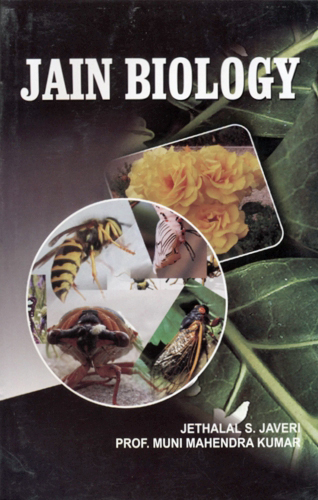As in most vertebrates, reproduction in mammals is by purely sexual and zygogenetic means. Sexes are separate. The essential parts of the male system are the testis, epididymis and vas deferens (all paired), and urethra and penis. Sperms formed in testes find their way out through the epididymis and vasa deferentia, and finally through the urethra which passes through the copulatory organ, penis. The essential female organs are the ovary, oviduct, uterus (all paired) and vagina. The ovaries produce ova which find their way to the uterus through the oviduct. On their way they meet the sperms which swim up from the vagina and fertilization takes place. The zygote(s) undergoes divisions, and sooner or later get attached to the wall of uterus and the development is continued in this condition. When the development is completed, the fetus(es) get detached from the wall and are born to the outside world through the vaginal opening. The mammary glands of the mother would have been activated by then so that the young one(s) can be nourished on milk till they are able to fend for themselves.
For the entire process of reproduction as given briefly above, to be completed successfully, a series of precise co-ordination of functions between various organs is necessary, functions are controlled and coordinated by hormones from three sources: (1) the pituitary (2) the ovary and (3) the placenta.
 Jethalal S. Zaveri
Jethalal S. Zaveri
 Prof. Muni Mahendra Kumar
Prof. Muni Mahendra Kumar

